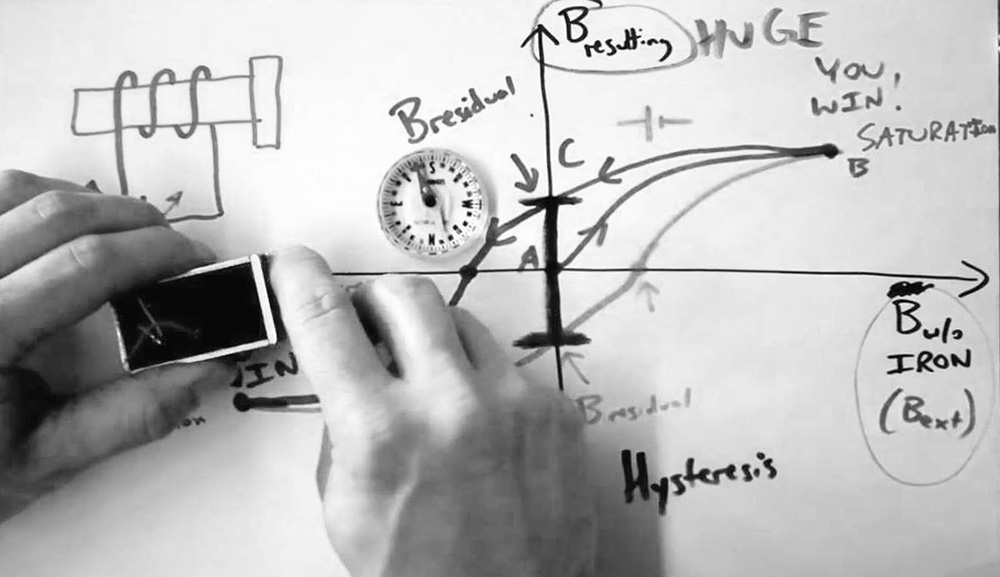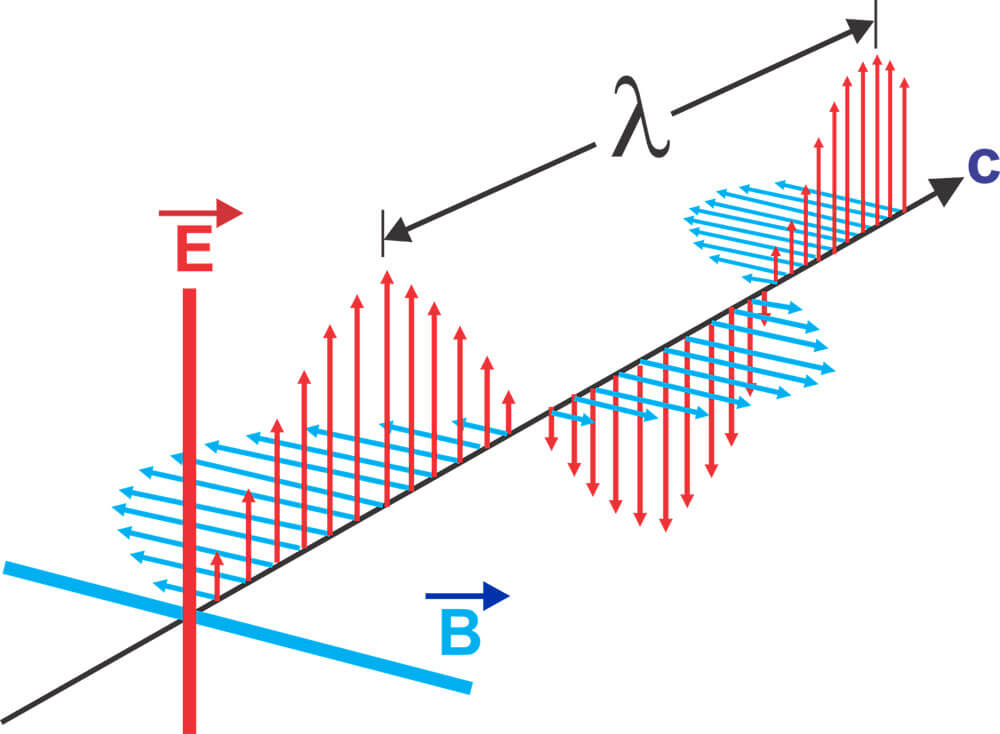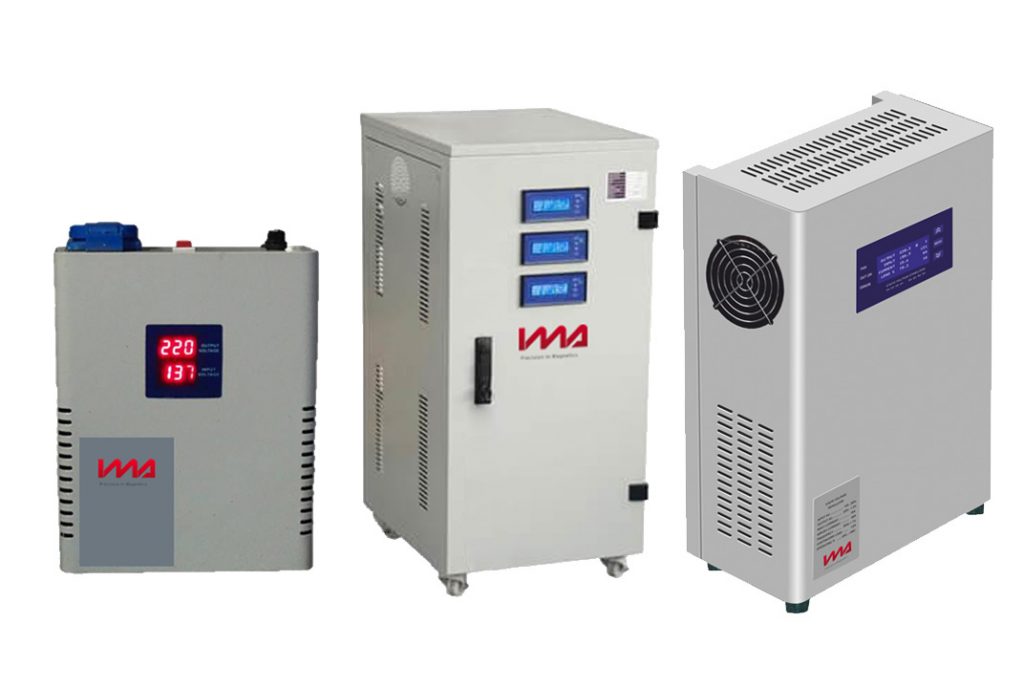Wind energy: how to obtain electricity through magnets
More efficient use
Due to the scarcity of fossil fuels and the incidents in different nuclear power reactors, the use of wind energy has acquired a new relevance. Due to the change in energy policies that many consider necessary, wind energy is becoming increasingly important, being one of the options as a renewable energy source.
The operating principle, is that a wind turbine collects the kinetic energy of the wind and converts this energy, through a generator, into electrical energy. The wind represents a form of alternative energy, very respectful of the environment, which is available with relative frequency, although in different degrees, due to the temperature differences between day and night and the turbulence induced by atmospheric climate conditions.

Potential increase through use of neodymium magnets and ferrite magnets
If there is a relative movement between a magnetic field and an electrical current conductor located within it, an electric current flows through the conductor when the circuit is closed. The resulting voltage and current depend on the speed of relative motion and the intensity of the magnetic field.
It is easy to see that with a weaker magnetic field, a higher speed of this relative movement of the conductor is necessary to obtain an economical electrical power from the wind turbine.
An increase in the speed of movement can be achieved in conventional wind turbines, by a transmission, connected between the wind rotor and the generator. The higher the ratio of this transmission, the greater will be its mechanical losses, which in turn reduces the overall efficiency of the wind turbine. Therefore, the desire is to keep the transmission ratio as short as possible. Of course, this requires a stronger magnetic field in the generator. Of all the magnetic materials known today, neodymium magnets are the strongest. They can generate stable and very powerful magnetic fields. Ferrite magnets can also be used, in cases where their resistance to corrosion and humidity is of interest.

Optimal magnets for the conversion of energy into electricity
Conventional wind turbines operate at helix speeds of 10 to 12 rpm. However, the induction generator requires a speed of 1800 U / min.
In order to move forward with the energy change that has been deemed necessary, the search for options to optimize newer wind turbines, has also intensified. Since the use of permanent magnets promises greater energy efficiency, neodymium magnets and ferrite magnets have been investigated. The rotors of permanent magnets in the generators must inevitably have a larger diameter to achieve a higher peripheral speed. In addition, a large number of permanent magnets must be installed, forming a circle.
An essential measure of the performance of wind turbines is the use of magnets, enabling the calculation of the magnetic mass used in kg per MW of power generated. For older wind turbines up to 4 MW, the use of this magnet is 600 kg per MW of power. For the newer plants with a capacity of 5 MW, this value is around 500 kg per MW of output. Using these guidelines, it is possible to obtain a higher economic performance of the wind turbine, even at lower wind speeds.

Conclusion
The development of wind turbines has experienced a far-reaching increase for reasons of environmental protection and, to counteract global climate change, which is also promoted by the state. In the optimization of wind turbines, the use of high performance permanent magnets plays an increasingly important role. If you are interested in getting more information about the magnetic properties, do not hesitate to contact IMA.